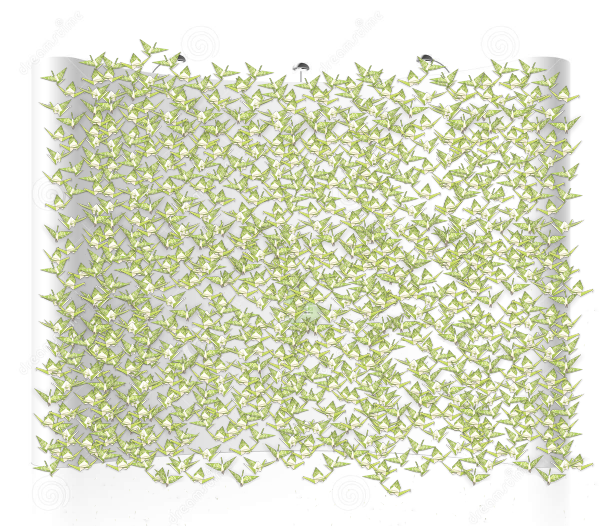1. What skills have you developed through this
module and how effectively do you think you have applied them?
I believe that my writing skills have improved within
this module, this may be due to the regular use of the skill and therefore
developing upon them. In my paper I found my paper has read more fluently this
year compared to last. And therefore this shows effective use of this skill.
Secondly, I have developed a stronger understanding
about senses, and therefore this will allow me to apply these within design
seamlessly. This will be beneficial in the future to make sure my work stands
out from others.
2.
What approaches to/methods of design production have you developed and how have
they informed your design development process?
I have improved my layout skills, throughout the poster
and invite I created, my understanding of difficult folds has also improves,
for example double sided and knowing when to reflect the text...
Due to my exhibition been based around an already
well-established brand, this was a method that I had to develop as this was
something I hadn’t done before. There I had to follow the Barnardos colour
scheme and apply their logo following the brand guidelines.
I believe I have also developed my skills within mocking
up. This developed through the practical side of my hand-in as it required a
lot of mocking up due to me not curating the exhibition, which was a downfall,
as this was the result due to not grasping my practical at the right time.
3.
What strengths can you identify in your work and how have/will you capitalise
on these?
I am pleased that did something more practical based
rather than contextual as this is something I didn’t enjoy from first and
second year and I have learnt from that mistake then. I really enjoyed my
subject learning about the senses and how differently people learn depending on
what learning style they prefer. This will be something that will be put into
good use in my future education, as I believe that these are both important
factors when designing something for an audience.
4.
What weaknesses can you identify in your work and how will you address these in
the future?
I believe that my time management was not this module
as I think as I spent too long in the research stage, thinking I was getting a
better understanding of my subject, when I should have read about one section
at a time and then produced my written element. This meant that most of my
Christmas was spent on the written element when I planned to begin my practical
within the second week. I don’t believe this has affected my final outcome,
although if I had a good grounding in what I wanted to do then I could have
produced the exhibition rather than mocking it up. This may have also led to
more of a range of posters with different messages.
Another
element I found that created a weakness was my lack of motivation to write my
dissertation due to my mental mind reminding me that I struggled with my
writing structure. Which is still a downfall overall but this led it to be a
bigger problem due to the inability to be able to go over my dissertation as
much as I wanted to, to make sure all the sentences flowed and made sense.
5.
Identify five things that you will do differently next time and what do you
expect to gain from doing these?
1.
I will make sure that I will keep to my time
management plan due to spending more time on my dissertation rather than the
practical side as I felt this was the main section I would struggle with.
2.
I would make sure that I decided on my outcome of
my practical in time to make sure I had enough time to do things such as my exhibition
etc....
3.
I feel I would have experimented with different
stocks to make sure the creasing of the cranes would have been of a cleaner
fold. Due to the ink sitting and therefore transferring when been creased.
4.
I need to start making more photography slot, this
will not only make my work look more professional but will also build my
confidence when doing photography.
5.
I would have liked to have had more replies from
my contacts that I emailed therefore I should have pestered Amber to pass on
the list that she said she would collate or I should have nagged for replies of
the people I already contacted. Although, I had done two primary research I do
wish I had more time for primary research as I really enjoyed my experiment.
6.How would you grade yourself on the following areas:
(please indicate using an ‘x’)
5= excellent, 4 = very good, 3 = good, 2 = average, 1
= poor
|
|||||
1
|
2
|
3
|
4
|
5
|
|
Attendance
|
x
|
||||
Punctuality
|
x
|
||||
Motivation
|
x
|
||||
Commitment
|
x
|
||||
Quantity of work produced
|
x
|
||||
Quality of work produced
|
x
|
||||
Contribution to the group
|
x
|
||||
The evaluation of your work is an important part of
the assessment criteria and represents a percentage of the overall grade. It
is essential that you give yourself enough time to complete your written
evaluation fully and with appropriate depth and level of self-reflection. If
you have any questions relating to the self evaluation process speak to a
member of staff as soon as possible.
|
|||||








